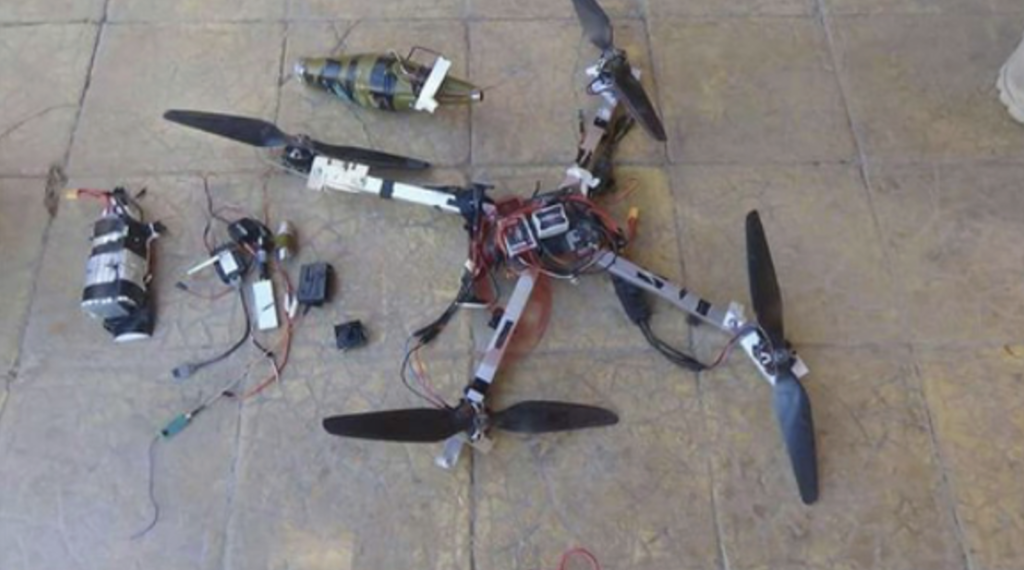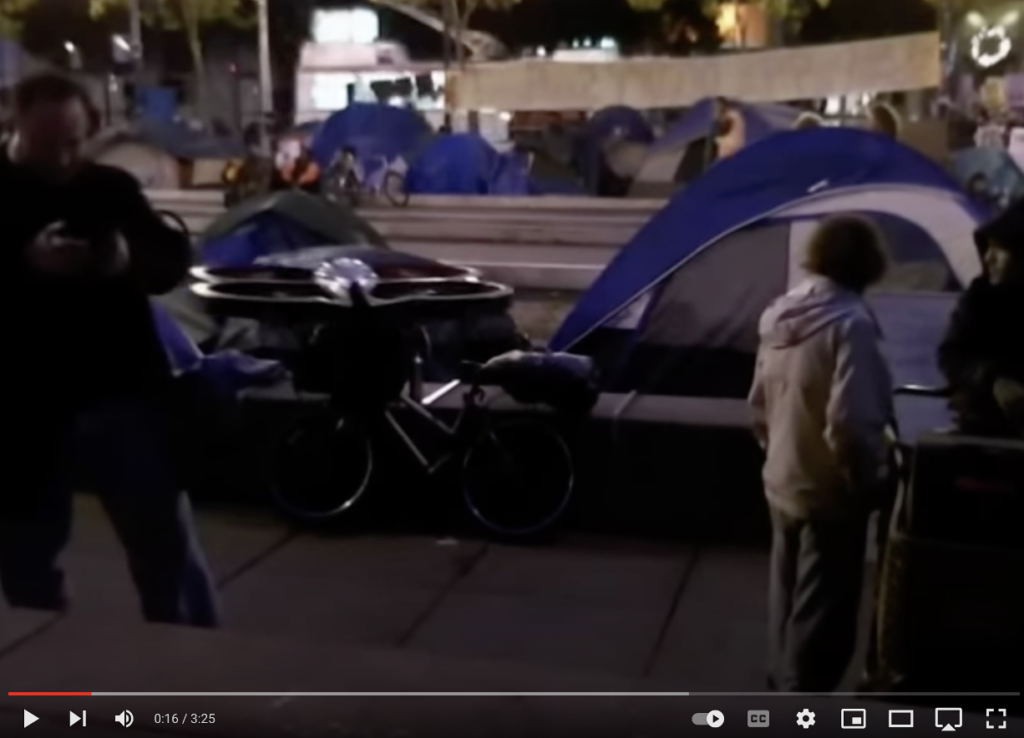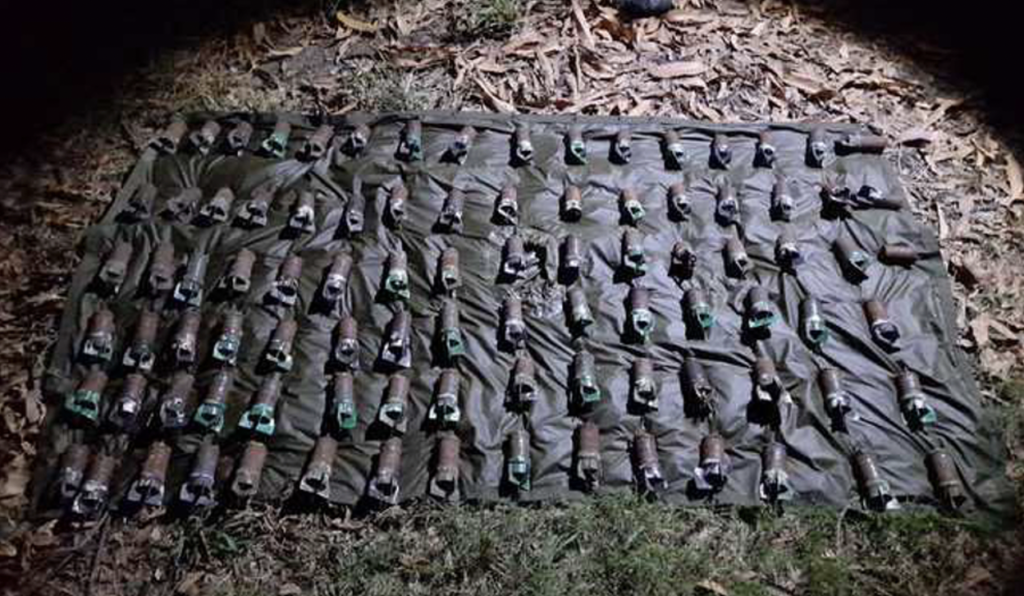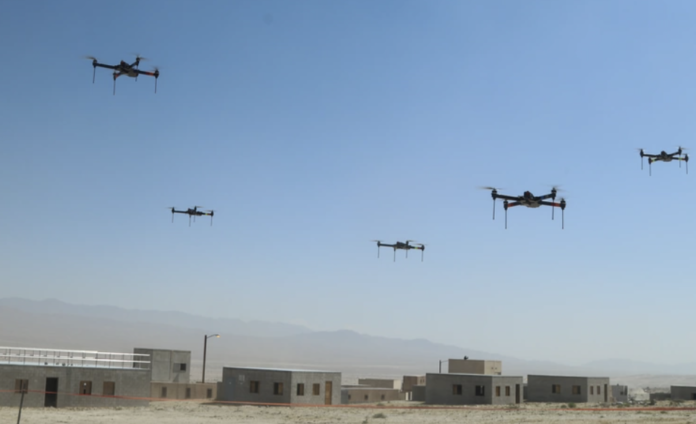The ongoing threat and reality of domestic terrorism incidents have been on our minds for many years now. The release of the most recent Summary of Terrorism Threat to the United States (DHS National Terrorism Advisory System Bulletin) – with its concerns over holiday gatherings, the 1/6 (Capitol attack) anniversary, violence directed at the LGBTQI+ community, and similar potentialities – further reinforces this fact. While the use of firearms, IEDs, and even vehicular overruns represent common terrorist tactics, heightened recognition now exists about weaponized drone use. While Ukrainian and Russian weaponized (aerial) drone operations have been in the news and in social media posts for many months, the use of such devices by overseas terrorists pre-dates this by a few decades.
Initial vulnerability concerns within our nation were widely identified in various media as a result of the White House drone breech event of January 2015. While various perceptions of the threat, as well as prior and latter terrorism plots have transpired, it was not until summer 2020 when a recognized terrorist drone attack (albeit unsuccessful) against a Pennsylvania electricity substation took place that this became a domestic reality with the perpetrator remaining unknown.[1] This short piece will briefly highlight the dangers that weaponized drones utilized by terrorists (and/or extremists) represent and then, more importantly, provide an initial overview of the increasing domestic terrorism concerns that exist related to them.
Weaponized Drones and the Homeland
Drone weaponization can be both primary (as in the actual being a weapon) and/or auxiliary to facilitate other weaponry or operational and/or tactical action enhancement. Both forms of drone weaponization – primarily on commercial platforms – can be utilized by terrorists and extremists and generally involve the following capabilities:
- Carrying an IED: Single use drones with an IED secured to them are the norm for initial drone weaponization by a threat group. Primitive IEDs as well as military-grade grenades and even RPG warheads (whose safety features have been bypassed) may be utilized.
- Dropping IED Bomblets: The gaining of a stand-off aerial bombardment capability via IED bomblets is typically representative of a maturing group capability. Additionally, an increase from singular to multi-bomblet payloads may take place.
- Carrying a Firearm: While firearms (typically pistols but including submachine guns and semi-automatic rifles) have been used to weaponize drones, this has been done for commercial marketing, hobbyist, and military purposes. No terrorist (or even cartel) group has yet to place a firearm on a drone but no technical hurdle exists to inhibit such capability being gained.
- Intelligence, Surveillance, and Reconnaissance (ISR): The ISR capability of drones (which may include nighttime infrared capacity) has been fully recognized by Jihadi terrorist groups and is increasingly being recognized by other threat entities, including the Mexican cartels. The Islamic State pioneered the use of a C2 element – flying an ISR drone overhead – to coordinate with suicide bombers (driving armored VBIEDs) in order to guide them to their intended targets in Iraq and Syria.
- Propaganda/Livestreaming/First-Person Perspective: The video footage communicated via the link between the drone and its operator can be utilized in a number of ways. Normally, it is utilized later in terrorist videos and released online on various social media platforms for narrative shaping and propaganda purposes. In some rare instances, it would be livestreamed (though this is more an active shooter with a GoPro-type camera technique) and may even provide a first-person shooter (FPS) type of experience if the weaponized drone is carrying an IED for point-detonation purposes.
While some drones may utilize only one capability during an attack and may work in tandem with another drone, these capabilities are not always mutually exclusive. A single weaponized drone could engage in ISR and locate a target, engage that target with an IED, and also capture the attack on video, which is subsequently released on social media for terrorist propaganda purposes.
Additionally, more exotic drone payload capabilities exist. These are only limited by drone carrying weight and terrorist imagination. They can include incendiaries, cutting tools, directed energy, jamming, message banners, power disablers (such as copper wire or carbon fibers), ad infinitum. Terrorist use of weaponized drones can include anti-personnel, anti-vehicular, anti-materiel, and anti-infrastructure targeting with the intention of generating terror to achieve fear and anxiety within a specific population (such as state, community, or ethnic grouping). However, some terrorist groups, such as the Islamic State, may readily blur the line between disruptive (terrorist) and destructive (military) targeting activities. Mass public events such as parades and sporting events are of great concern with regard to weaponized drone targeting as are fuel storage facilities.
Increasing Domestic Terrorism Concerns
A useful way of gauging domestic threat potentials vis-à-vis a specific type of weaponry (and technology) utilization is to view via a basic typology of four terrorism group clusters (Jihadi, Left Fringe, Right Fringe, and Wild Card Threats). I’ve recently used this cluster approach in my university terrorism seminar teaching, and it provides pretty good coverage of the basic threats our homeland presently faces. This approach recognizes that terrorist group clusters exist in their own ‘reality bubbles’ (constructed group narratives and worldviews) which define and pattern how they engage in terrorist activities, how they are organized, and how they generally operate. While intra-cluster variations exist (even more so with the Wild Cards), the clusters adequately cover most of the weaponry use potentials:
Jihadi Terrorism Threats
The Jihadi cluster – initially represented by al-Qaeda, then the Islamic State – has since 9/11 (until more recently) been perceived as the No. 1 terrorist threat to the homeland. Both of these entities have utilized weaponized drones overseas, with the Islamic State’s use in Iraq and Syria conducted on a wartime scale with a well-developed offensive drone program up and running during the 2014-2017 period. The foreign use of weaponized drones is, in contrast to al-Qaeda Open Source Jihad (OSJ) and Islamic State Just Terror Tactics (JTT) terrorism, meant for radicalized affinity and Soldier of Allah (SOA) use in Europe and the United States, which is devoid of weaponized drone use tactics. Still, a number of Jihadi weaponized drone use plots directed at the West have taken place. An early plot linked to al-Qaeda was foiled in the U.S. in Columbus, Ohio, in August 2007, with a follow-on incident stopped in February 2008 in Ashland, Maryland. Additionally, a plot linked to the Islamic State was later broken up in Spain in May 2020.

Left Fringe Terrorism Threats
This threat cluster includes groups such as the Earth Liberation Front (ELF), the Animal Liberation Front (ALF), and the more violent anarchist (including some of those using more extremist BlackBloc tactics) and Antifa (Anti-Fascist) members. The fringe left has sporadically been using drones for their propaganda value since 2011, with an initial OccupCopter flight in San Francisco in late November and subsequent use in New York later in December. Antifa has more recently also been using drones for ISR use directed toward at least one neo-Nazi gathering – that of the Aryan Freedom Network (AFN) – in Texas in October 2022. However, no actual drone weaponization attempts (beyond auxiliary type use) have been noted among the extremist left fringe. However, a marked increase in anarchist-type violence potential is of concern given the cache of IEDs, gasoline, and road flares recently seized in from a protester road barricade near Atlanta.

Right Fringe Terrorism Threats
With expanding numbers and activities and the watershed Jan. 6 event, right wing extremists – including the Proud Boys, Oath Keepers, Boogaloo Bois, and associated white supremacists and neo-Nazis – have now achieved the mantel of the recognized No. 1 terrorist threat to the homeland. Putin regime support of some of these groups, such as The Base and Atomwaffen Division, have only served to further heighten this threat. These groups, however, tend to focus on the use of firearms and basic IEDs in their operational planning, although during the Capitol breech the Oath Keepers attempted – yet failed – to launch a drone for ISR support. Additionally, in November 2022, a drone was used to help spread neo-Nazi propaganda in Florida via the NatSoc Florida (NSF) group. This suggests that the right-wing fringe is beginning to recognize and experiment with weaponized drone potentials, though currently only in an auxiliary and limited capacity.
Wild Card Terrorism Threats
This threat cluster, in some ways, can be viewed as the nonpolitical and criminal leftovers and includes cultists, nihilist school shooters, alien conspirators, and various gangs and cartel groups. These threats should not be totally discounted, however, and we yet may see these actors engage in socially impacting (creating fear in a community) and/or criminally motivated terrorism. Of these groups, the Mexican cartels stand out from the others with weaponized drone use proliferating since the first reported incident in Valtierrilla, Guanajuato, in October 2017. Multiple cartels have subsequently utilized such weaponry, with the Cártel de Jalisco Nueva Generación (CJNG) recognized as the leader in its use (including ISR and propaganda) and technical development. Recently, in October 2022, over 90 aerial bomblets were recovered from a suspected CJNG cache in Buenavista Tomatlán, Michoacán. To date, weaponized drone use has remained in Mexico; however, one incident did take place in Tecate, Baja California, in July 2018, right next to the U.S. border.

Conclusion
Presently, the Jihadi threat cluster vis-a-vis weaponized drone use is the most pronounced one related to domestic terrorism use potentials. However, the capacity of these groups – other than affinity 1s/2s tactical cells – to engage in any form of attack is severely limited. Still, the expectation is that such a plot would be Islamic State promoted or linked as al-Qaeda currently does not advocate ‘far enemy’ attacks on the U.S. homeland. Further, Hezbollah – while the top-tier weaponized drone utilizer (with access to Iranian military drones since the early-to-mid 2000s) – has the capacity, it does not have the intent to engage in such an attack given the severe and overwhelming blowback potentials such an event would entail.
Both the far-left and far-right fringes have now utilized weaponized drones for both auxiliary ISR and propaganda use purposes, but not as actual lethal platforms merged with IEDs. Of the two extremist clusters, the right wing fringe is more coordinated, active, and violent which makes it more of a concern (especially given ongoing Putin regime activities) regarding actual weaponized drone utilization for terrorist purposes. However, presently no Indications and Warning (I&W) exists that would suggest either the far right or far left is discussing or experimenting with direct attack IED or related weaponized drone variants.
The Mexican cartels have been gaining considerable weaponized drone use experience versus each other, the civilian militias, and even Mexican authorities but, to date, have not utilized such devices directly on or over the U.S. border. Cartel behaviors and activities are very different within Mexico (and now various countries within Latin America) as opposed to within the United States. Like Hezbollah, the Mexican cartels and their allies do not want to incur the explicit attention and wrath of the U.S. federal government in what might become another Enrique ‘Kiki’ Camarena-type disaster. For this reason, the present expectation is the cartels will keep their weaponized drones away from the border itself.
As witnessed from the preceding threat clusters overview, it is at times difficult to line up ‘capability and intent’ related to weaponized drone use potentials domestically; some could even argue that it could be viewed as a new attack capability looking for a willing perpetrator. On the other hand, more and more homeland security professionals and scholars see future weaponized drone attacks taking place domestically as an inevitable ‘no-brainer’ given the rapid expansion in overseas use. While the ground truth will likely lie in the middle, the proliferation of weaponized drones to terrorist groups is ongoing, albeit at uneven and at times haphazard rates. Still, given the inevitability of what is coming, it would be prudent to prepare now as others at Homeland Security Today and other venues have suggested. The backbone of such preparation should be focused on education and training, intelligence monitoring/trending, C-UAS research and development, red teaming and field exercises, and the creation of domestic response protocols (including playbooks). Further, so as not to suffer from myopia, it must be recognized that terrorist utilization of weaponized drones may come in many forms and are not only near term aerial in nature but also exist related to static, ground, and sea based systems, potentially extending into emergent smart homes and the projected internet of things (IoT).
Notes
[1]. The incident targeting the electrical infrastructure has a right-wing extremist signature based on current I&W and trending but this is presently speculative.
Additional Reading
Robert J. Bunker, Terrorist and Insurgent Unmanned Aerial Vehicles: Use, Potentials, and Military Implications. U.S. Army, Strategic Studies Institute, 2015.
Robert J. Bunker and John P. Sullivan, Eds., Criminal Drone Evolution: Cartel Weaponization of Aerial IEDs. Small Wars Journal/Xlibris, 2021.





